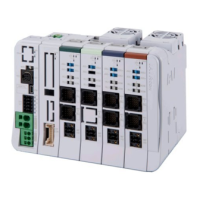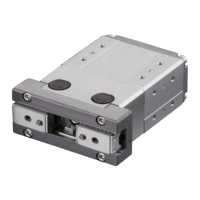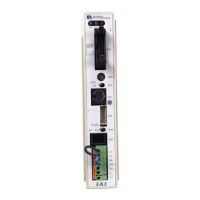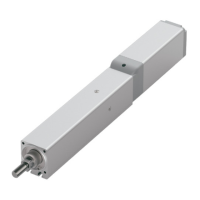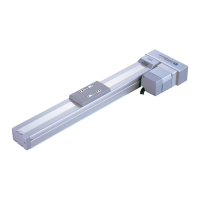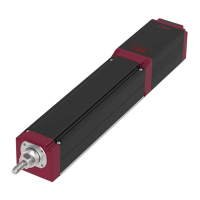2.4 Driver Unit/Simple Absolute Unit Alarm Causes and Countermeasures
C2-16
ME0384-4A
Chapter 2 Troubleshooting
Alarm name Causes/countermeasures
A
Driver
limited
Z-phase detection timeout
Cause:
With simple absolute specification, Z-phase could not be detected
at the first servo ON or home return after turning the power on.
1) Contact failure or disconnection of the connector part of the
actuator connecting cable.
2) For models with brake, the brake cannot be released.
3)
External force is applied and the motor cannot perform detection.
4) The sliding resistance of the actuator itself is excessive.
Countermeasure: 1)
Check the wiring status of the actuator connecting cable.
2) Check the wiring condition of the brake cable and
whether the brake part makes "clicking" sounds
when toggling the brake release switch. If not,
confirm that power is supplied to the brake.
3) Confirm that there are no assembly errors.
4)
If the loading weight is normal, turn OFF the power and
then move by hand to check the sliding resistance.
If the cause is in the actuator itself, contact IAI.
detected
Cause: Indicates that the home return motion of an actuator with home
sensor has not completed normally.
1)
The workpiece interferes with the surroundings during home return.
2) The sliding resistance of the actuator is excessive.
3)
Poor mounting, malfunction, or disconnection of the home sensor.
Countermeasures:
If the workpiece does not interfere with the surroundings,
2) and 3) should be considered. Contact IAI.
Home return timeout Cause: Home return motion has not completed within a given period of
time from the start.
Home return motion timeout
LS retreat operation timeout
Countermeasure: This does not occur in normal operation. The
combination of driver unit and actuator may be
0BF
S
Driver
limited
Creep sensor not
detected
Cause: This indicates the actuator detected the creep sensor (option)
before detecting the origin sensor (option except for rotary
actuator), or the actuator reached the mechanical end (or the
actuator cannot move anymore because the load is too large).
1) The position to apply the creep sensor is not appropriate.
2) The creep sensor is faulty.
3) The cable is disconnected or the connector is not plugged in
properly.
4) The actuator cannot move due to heavy load caused by
interference.
Countermeasure: 1) Readjust the sensor installation position.
2) Replace the creep sensor.
3) Perform continuity check to see if the connector is
plugged in properly.
4) Check the interference and the transportable
weight and make sure there is no external force
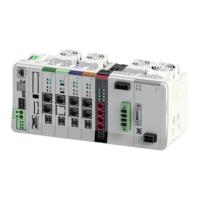
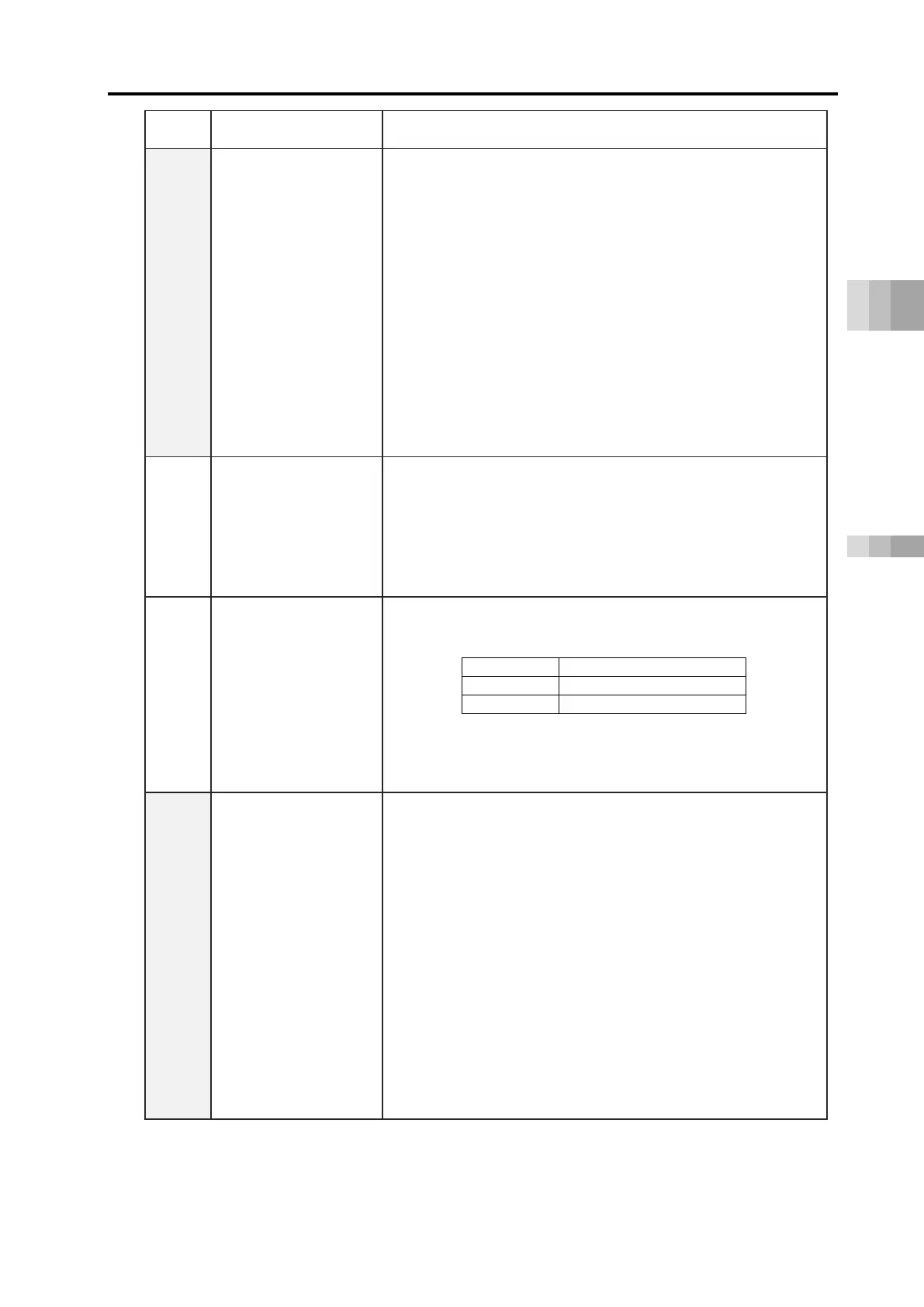